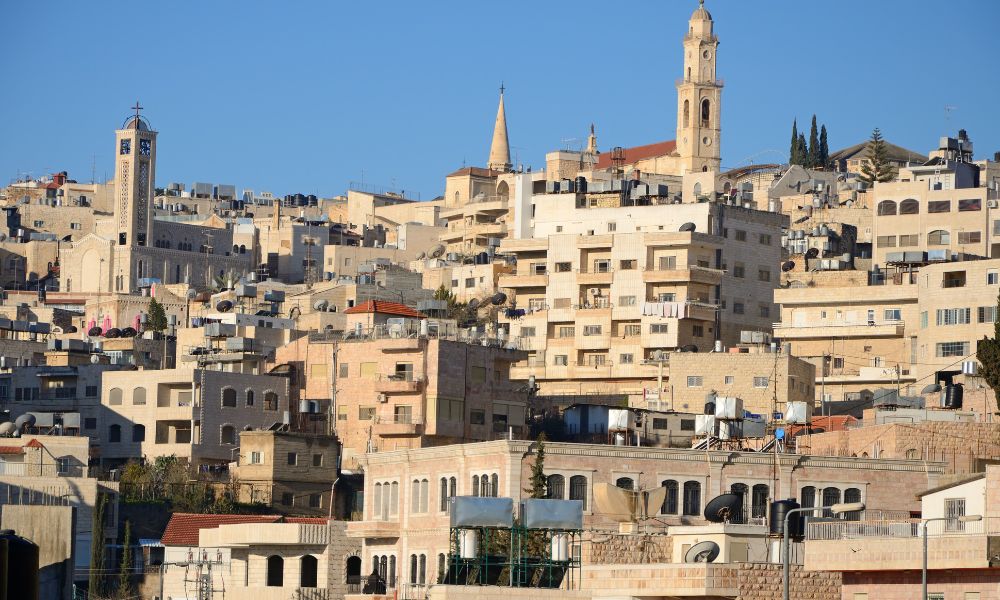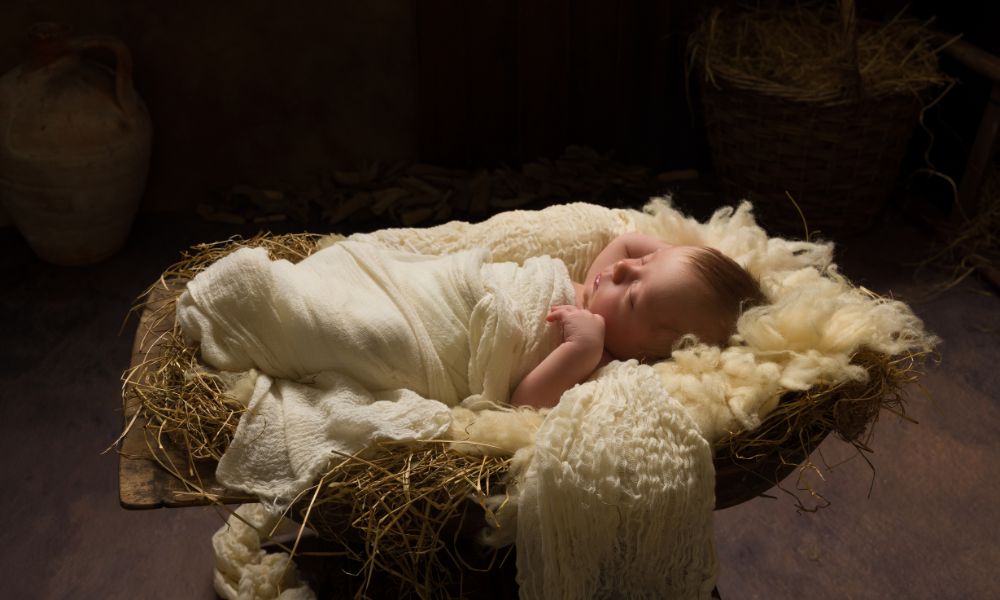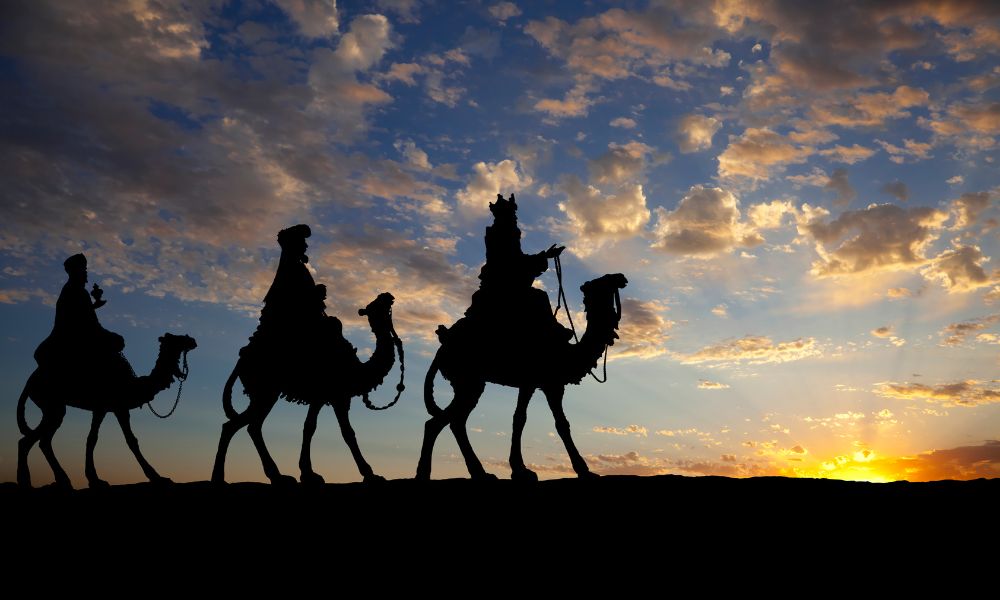We live in a fast-paced and often superficial world, where the shine of lights and the ringing of bells often overshadow the true meaning of the holidays. Perhaps it is time to stop and reflect on the true essence of Christmas.
Over the decades, Christmas has transformed into a symbol of mass consumption, focusing on ostentatious gifts and extravagant decorations. However, behind this veil of materialism lies a story rich in deep meanings and spiritual traditions that invite reflection, communion, and renewal.
In this article, you will discover how the deeply spiritual roots of this season can offer us a refreshing and enriching perspective. Above all, in these modern times where the search for meaning is more pressing than ever.

Exploring the historical origins is embarking on a fascinating journey through times and traditions that have deeply shaped contemporary culture. From the humble yet profoundly symbolic scenes of Bethlehem, to the majesty of the Basilica of the Sacred Heart, every element of this holiday carries stories of faith, hope, and renewal.
The birth of Jesus of Nazareth, whose central commemoration occurs every December 25th, is not just a tale of a historical event, but the core of the Christian faith. According to biblical accounts, Jesus was born in Bethlehem, in humble conditions, marking the fulfillment of numerous messianic prophecies.
This narrative not only highlights the humility and nearness of God to the humble and the dispossessed. It also symbolizes the beginning of a new hope for humanity, a message that continues to resonate strongly in the hearts of millions of believers worldwide.
Since the early centuries of Christianity, this celebration has seen countless evolutions and adaptations. What began as a simple liturgical commemoration has absorbed and reinterpreted customs from various cultures over the centuries.
Traditions (such as the Christmas tree, caroling, and gift exchange), although modernized, have deep roots in ancient practices that blended the religious and the secular, the spiritual and the communal. This ongoing enrichment of the holiday shows how Christmas has remained relevant, adapting to the changes of time.

The religious symbolism of Christmas is rich and varied, each symbol carrying a deep meaning that enhances and deepens the spiritual experience of this holiday. Among the most emblematic are the birth, the Star of Bethlehem, and the Magi.
These symbols adorn our homes and places of worship. Furthermore, they guide pilgrimage and meditation practices during the Christmas season, serving as physical and visual reminders of the story and teachings of Jesus.
This scene reminds us of simplicity and humility, inviting the faithful to contemplate the miracle of life and God’s presence in the most modest of conditions. In each figure, from the humble shepherds to the animals in the stable, a facet of the inclusivity and universal love that Jesus preached is reflected.

The star signifies hope and guidance. Used in many Christmas decorations and celebrations, it reminds the faithful that, despite the darkness of the world, there is always a light to guide us.
The gifts they offered (gold, frankincense, and myrrh) carry profound spiritual connotations, representing respectively the royalty, divinity, and mortality of Jesus.

During Christmas, many believers participate in pilgrimages to sacred places associated with these symbols, such as Bethlehem. Visits to the Basilica of the Nativity, where Jesus is believed to have been born, or other Christian historical sites, are not only acts of devotion but also deep experiences of connection with the history of the faith.
These pilgrimages allow believers to experience the stories of Christ’s birth more immediately, strengthening their faith and renewing their spiritual commitment.
Engaging with these symbols in a pilgrimage context provides a deeper and more personal perspective on their meaning. It takes participants beyond superficial celebration and into true introspection and spiritual renewal.
Christmas, being one of the most universal and deeply celebrated holidays in the Christian world, manifests in different ways in various cultures. Thus, it reflects both local singularities and shared spiritual values.
Places of profound religious significance, such as the Jordan River and the Guadalupe Shrine, are settings for unique celebrations that highlight the traditions characteristic of this time of year. These celebrations honor the memory of sacred events and attract thousands of pilgrims in search of spiritual renewal and communion.
Stay Connected with WayHoly
Discover your perfect pilgrimage and be the first to know about new journeys. By subscribing to our newsletter, you’ll receive the latest updates on pilgrimages, exclusive offers, and spiritual resources to enrich your faith journey.
Don’t miss the opportunity to deepen your connection with God and lead others on their path to spiritual renewal. Join us today and become an instrument of His Will through WayHoly!
“To upload your pilgrimage, please choose one of our plans and create an account, or log in if you’re already a member. Join us in guiding others on their spiritual journey.”